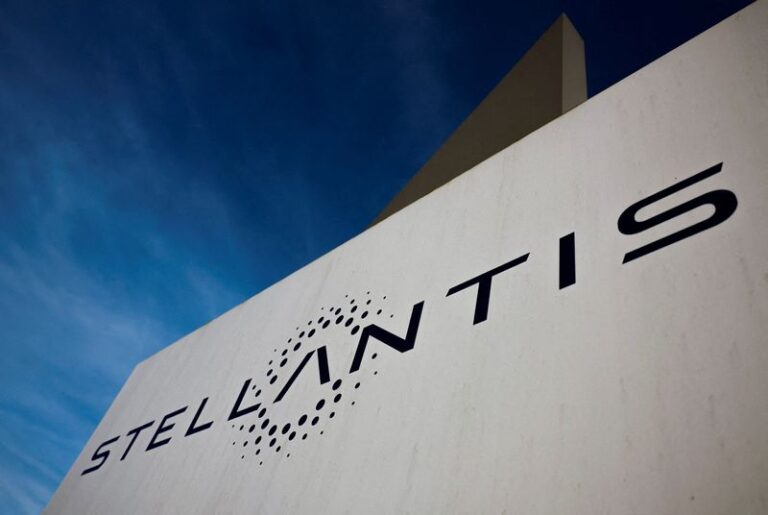MILAN (Reuters) – Automaker Stellantis’ Italian production could fall by about a third this year unless recent government purchasing incentives boost demand, especially for electric cars, the FIM-CISL union said on Monday.
The union said production could fall to just over 500,000 vehicles from 751,000 last year, well below the target of 1 million vehicles Stellantis has negotiated with the Italian government by the end of the decade.
The government announced new incentives to help buy electric, hybrid and less-polluting petrol cars earlier this year, but only introduced the measures last month.
“The impact on production volumes is not yet visible,” FIM-CISL president Ferdinando Uliano said, presenting the union’s quarterly report on Stellantis production levels, adding that production of cars and vans fell 25 percent to 303,510 units in the first half of the year.
“Unless incentives change the situation, we’re likely to be only halfway to our 2030 target of one million units by the end of the year,” he said.
A Stellantis spokesman said the company typically does not comment on union-reported production data.
Uliano said the decline in production in the first half was due in part to strong comparative figures from a year ago, when Stellantis recovered from a decline in production the previous year, when the semiconductor shortage was still having an impact.
He added that potential increases to Stellantis’ Italian production should come from new models due to start production at the company’s Melfi plant in southern Italy over the next few years.
Stellantis plans to start producing five new mid-size models for brands including Jeep and Lancia in Melfi between next year and 2026, starting with the new DS car in the first quarter of 2025.
(Reporting by Giulio Piovaccari and Mark Potter Editing by

